Best placement for "thuggy" plants?
sujiwan_gw 6b MD/PA
10 years ago
Related Stories
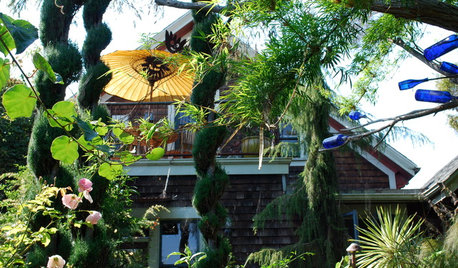
PLANTING IDEASDesigning With Conifers: How to Unite Your Landscape
Create a landscape full of intrigue and artistry with the right placement of conifers and their supporting players
Full Story
GARDENING GUIDESGreat Design Plant: Meadow Blazing Star (Liatris Ligulistylis)
Make fast friends with the monarch butterflies and get a color show too with this adaptable U.S. Midwest native
Full Story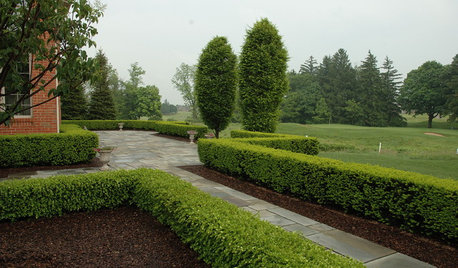
GARDENING GUIDESGreat Design Plant: Boxwood
This elegant evergreen can shape shift into forms limited only by a gardener's imagination and a clipper's reach
Full Story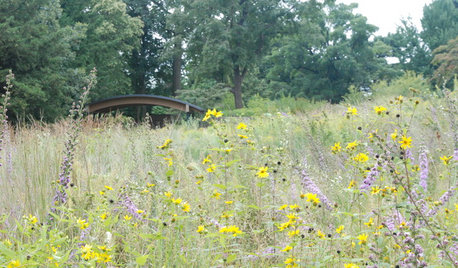
GARDENING GUIDESHow to Find the Right Plants for Your Garden
Break free from choosing plants by cold-hardiness zones for a beautiful landscape that thrives year-round
Full Story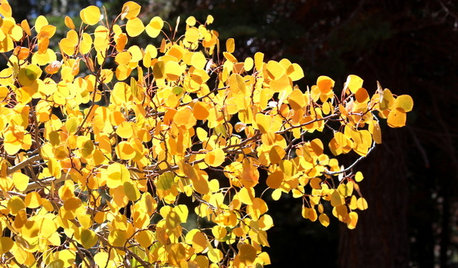
LANDSCAPE DESIGNGreat Design Plant: Quaking Aspen for 3-Season Beauty — on Its Own Turf
It offers bright fall foliage, snowy winter bark and lush green leaves in summer. Just don't try to plant quaking aspen away from its home
Full Story
GARDENING GUIDESWe Bust 4 More Native Plant Myths
Have you been taken in by these fallacies about gardening with native plants?
Full Story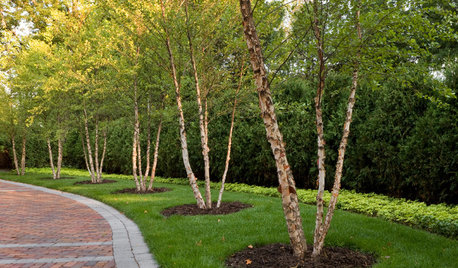
LANDSCAPE DESIGNGreat Design Plant: River Birch
Pick this rugged native tree for its intriguing peeling bark, soil adaptability or leaves that bring dappled shade to a garden
Full Story
TREESGreat Design Plant: Cercis Occidentalis for Four Seasons
Plant western redbud in drought-tolerant and habitat gardens for its outstanding beauty throughout the year
Full Story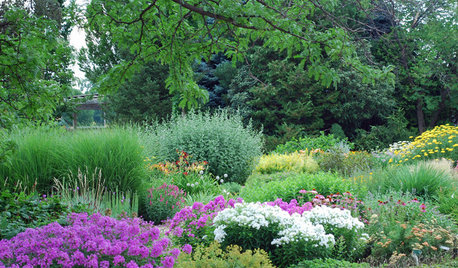
LANDSCAPE DESIGNTake Your Garden on a Rural Route With Plant-Dominant Designs
Let plants take center stage for a garden that recalls idyllic pastures fashioned by nature's hand
Full Story
GARDENING GUIDESGreat Design Plant: Black-Eyed Susan
Plant seeds this fall for rich swaths of golden blooms in the garden come summer
Full StoryMore Discussions







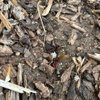
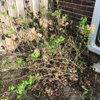
ken_adrian Adrian MI cold Z5
GreatPlains1
Related Professionals
Londonderry Landscape Architects & Landscape Designers · Tempe Landscape Architects & Landscape Designers · Americus Landscape Contractors · Columbine Landscape Contractors · El Segundo Landscape Contractors · Hollywood Landscape Contractors · Indio Landscape Contractors · La Vista Landscape Contractors · Methuen Landscape Contractors · North Chicago Landscape Contractors · North Plainfield Landscape Contractors · Reedley Landscape Contractors · Rosemount Landscape Contractors · Selden Landscape Contractors · Tustin Landscape ContractorsUser
sujiwan_gw 6b MD/PAOriginal Author
gardengal48 (PNW Z8/9)
GreatPlains1
aachenelf z5 Mpls
a2zmom_Z6_NJ
kimka
prairiemoon2 z6b MA
jadeite
molie
NHBabs z4b-5a NH
sunnyborders
prairiemoon2 z6b MA